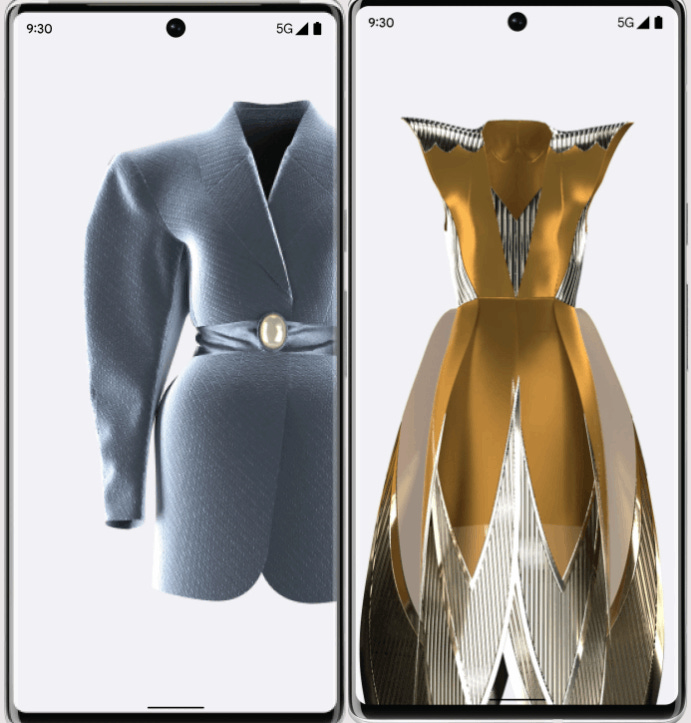Thoughts on digital scarcity
Why are NFTs worth anything?
My favorite finance writer, Matt Levine of Money Stuff, wrote some interesting thoughts about nft scarcity this week.
“The basic innovation of crypto is the production of artificial scarcity. The original Bitcoin white paper addresses the problem: Sure, anyone can type numbers on their computer, but is there a way for a community to allocate numbers on your computer in a way that makes them demonstrably scarce? If there is, then you can call those numbers “money” and they can be valuable…
The rest of the crypto world continued applying that same process. Most non-fungible token projects address the problem: Sure, anyone can limitlessly reproduce JPEGs on the internet, but is there a way for a community to allocate ownership claims to JPEGs in a way that makes them scarce? The answer is … not really, no, in the sense that anyone can still right-click and save the JPEGs underlying most of the popular NFT projects. And yet the answer is also “sort of,” in the sense that NFT communities tend to respect the allocations of ownership claims; they act like the JPEGs are scarce — the NFTs, the ownership claims, are scarce — and so they have value. And so some NFTs sell for lots of money.”
Something I learned last week in the discussion of the possibility of double-minting an NFT was about the man hours required for the different file versions of digital fashion. There are technical complexities in modifying the files for different use cases, augmented reality, Roblox, Fortnite, etc. The word interoperability gets bandied about regarding the metaverse and this is where the rubber meets the road in that sense for digital fashion.
It’s an exciting storyline as brands emerge in the digital fashion space. The trad luxury houses use technical skill/man-hours-required as a part of their branding, e.g. created by hand in a factory full of French people and it takes days and days and that’s why Birkins are special. A true kind of scarcity. Another example is Chanel buying up all the specialty suppliers with unique offerings, like Lesage embroidery.
Of course, I think we can assume these man-hours-required differences for digital fashion are a current issue. In a few years, we may not remember the interoperability hurdles, such is the speed of technological innovation in the space.
Manhours represent one type of scarcity. Limited runs are another. And a high price point is a common way of introducing scarcity. How will this work in digital fashion? I have no doubt that there will be a hierarchy of digital fashion as well as subcultures with their own hierarchies. The human need to be both unique and identify with a tribe doesn’t seem overwritable.
But as it stands, digital fashion in the form of NFTs is mostly false scarcity. You can easily recreate the same digital art or garment easily, at least for the same environment/file type. And even if you want to change the file format, is that the art we are paying for? Or is it the idea? To take a parallel from IRL fashion, if the same dress is made in silk and wool bouclé, is it the same? One is a winter dress and one a summer. No matter how identical they might look from a hundred yards, we can all agree they are different. Maybe all fashion scarcity is just in our heads. There are some pretty believable fake Birkins roaming around out there.
No answers here, only questions.
Decentraland fashion plot sold for a gazillion dollars
A virtual “estate” in Decentraland, a 3d metaverse/virtual reality platform, changed hands on Nov. 23 for a record sum — the equivalent of $2.4 million at the time. Toronto-based Tokens.com, the buyer (publicly-traded company that facilitates investment in digital assets), plans to develop the Decentraland estate for staging fashion shows with clothing brands, the company said in a release. Question for the crowd: Is this the same Metajuku zone where DressX has its virtual store?
New Dematerialised drop
As one of the forerunners in the fashion NFT marketplace space, I always watch what The Dematerialised is doing with interest. A lot of the “clothing” is far too out there for the likes of me but often interesting. I notice a change in the wording in their latest, to mitigate this interoperability issue. Interesting to see how fast things are changing already.
“Included within each NFT are a variety of file versions to enhance utility across IRL and URL. They include a 3D Bumper Jumper (GLB), a game engine optimised 3D Bumper Jumper (FBX), an exclusive 2D piece of digital art from the Yellow Trip Road, and an AR experience (USDZ and Instagram).”
WSJ covers Christie’s NFT efforts
Some amazing quotes.
“We have people with discord accounts.” How innovative.
“... do we want to have a gallery space in the metaverse?” Um… fairly sure the answer to that is yes. Sotheby’s already did. Maybe they’re dumbing it down for the WSJ readership.
A cute article about a Swedish Pop Star discovering how to connect with Gen Z and make millions on Roblox.
Google’s Pixel is still working on being cool. This time with a partnership with DressX, the other leading fashion NFT marketplace. A collection of AR garments designed by six fashion-forward trailblazers: Tinie Tempah, Bettina Looney, Radam Ridwan, Sophie Butler, Jack Guinness and Kyle De’Volle. AKA people with big social followings?
Doesn’t feel like this story made much of a splash. I guess if you want some Balenciaga by Nicolas Ghesquiere or Dries van Noten-inspired digital wear, kind of interesting?

